Pakistan is ranked at 68th amongst 86 countries when it comes to internet penetration, despite of the fact that the country has made huge strides in laying down telecommunications infrastructure at an appreciable pace.
The country’s score, in terms of a performance benchmark, stands at 54.5, which is relatively lower to the South Asian average of 61 out of 100, according to State Bank of Pakistan’s report quoting The Economist Intelligence Unit’s Inclusive Internet Index of 2018.
Four dimensions were considered for the ranking: availability, affordability, relevance, and readiness. Pakistan has shown average to poor performance in all of them.
Under the availability dimension, the index compares the performance of the countries across indicators pertaining to infrastructure, electricity, usage, and quality of the internet access provided.
The overall ranking of Pakistan is a lowly 77th, owing primarily to the dismal performance in the usage criterion.
There exists a huge disparity between the number of male and female internet users in the country. In fact, Pakistan ranks the lowest worldwide vis-a-vis gender access parity, with a 266 percent gap in internet access rates and a 121.2 percent gap in mobile ownership in favor of men. This poses a policy challenge in light of the currently underway National Financial Inclusion Strategy (NFIS).
On the customer readiness front, the poor literacy rate and sub-optimal level of web accessibility lead the country posting a second-to lowest score in the digital literacy environment indicator. However, the higher standing in the parameters pertaining to policy (owing to concentrated effort of the government in the form of NFIS) and trust (in which Pakistan ranks 15th in the world, benefiting from the existence of strong and enabling regulations and safety protocols) helped improve the country’s overall dimension ranking somewhat to 68th.
On affordability terms, the country sits in the middle of the rankings (43rd), bolstered primarily by the dominant market share of wireless internet providers and the strong level of competition between them (i.e. absence of oligarchy).
Pakistan ranks joint-first in the wireless operators’ category, alongside 23 other countries. On the consumer side, however, the performance is not at a commensurate level due to high mobile phone procurement cost and substantial pre- and post-paid tariffs. Lastly, the relevance parameter measures the extent of local and relevant content available online to the public.
3G/4G services, mobile telecom operators have led the exponential increase in broadband subscriptions in the country. This has opened the door for digitization of services provision via broadening the scale of e-commerce, facilitating the dissemination of agricultural knowledge, and enabling online access to various government-to-citizen (G2C) services, etc.
However, cross-country statistics reveal that there exists ample room for improvement in this regard, not least from the demand side.
In overall terms, hence, it is imperative to note that expanding the coverage by improving the digital infrastructure, though beneficial to the overall progress of the country, would not be sufficient unless there is a concurrent focus on demand-side factors such as public literacy, gender parity, and specialized content generation and availability. The recently introduced Digital Pakistan Policy 2017 is a welcome development in this regard; however, concentrated and sustained efforts would be required to improve the unsatisfactory performance by Pakistan in terms of inclusive internet accessibility.
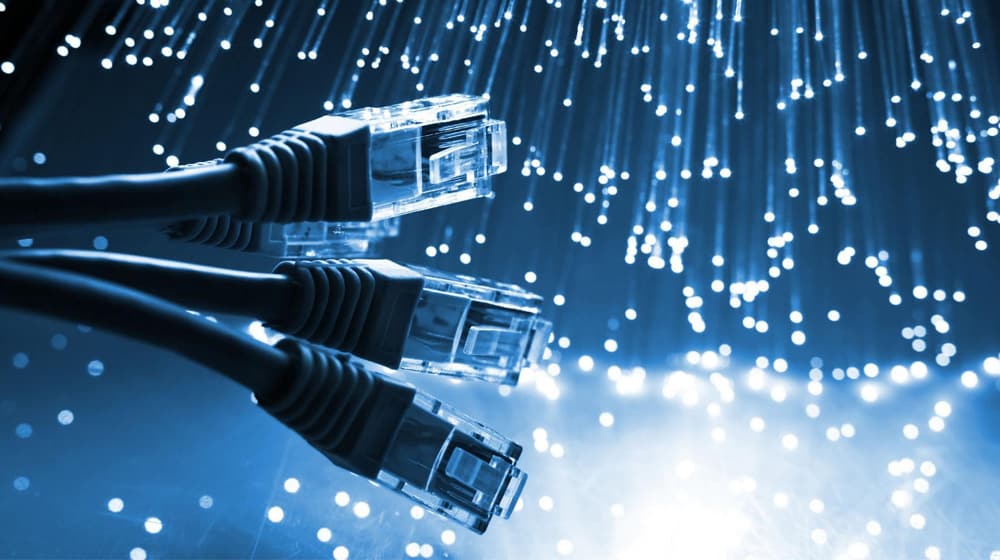
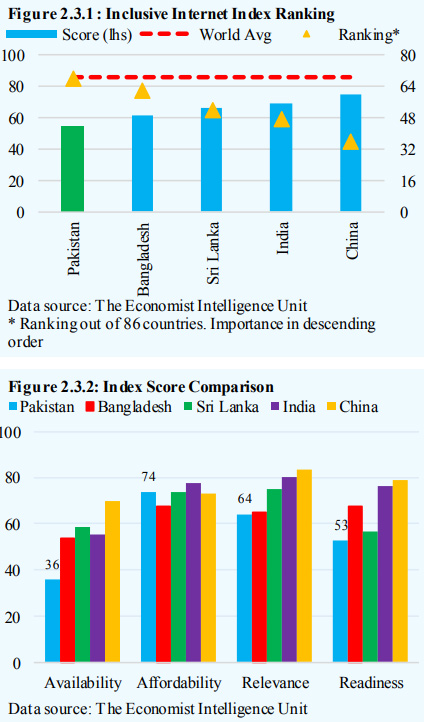

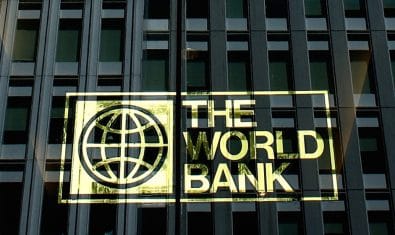
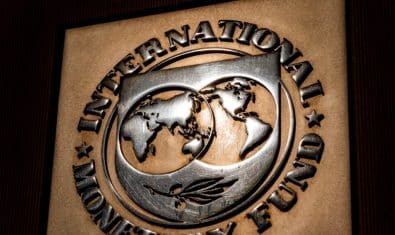
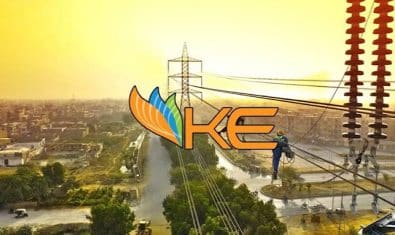






















it is still too high. government should increase taxes on internet access and reduce spending on education. if people learn to read and write they might learn to use computers next. we can’t let that happen. instead we should spend more on defence. we should spend more on breeding jihadis.
A typical Indian statement.
One more reason for limited penetration is the extremely poor quality. I was recently at a few universities in Islamabad and KPK and was urpised to see that even educational institutes (top in the country) have pathetic availability of internet to the point that I have better internet at home than these institutes provide to their students!
First I believe the government should focus on providing the latest bandwidth with minimal latency to the educational institutions so that they can benefit from global online education resources, then the major government institutions, specially those that are relevant to the industry, like Ministry of communication, PTA, etc and then the rest of the government sector.